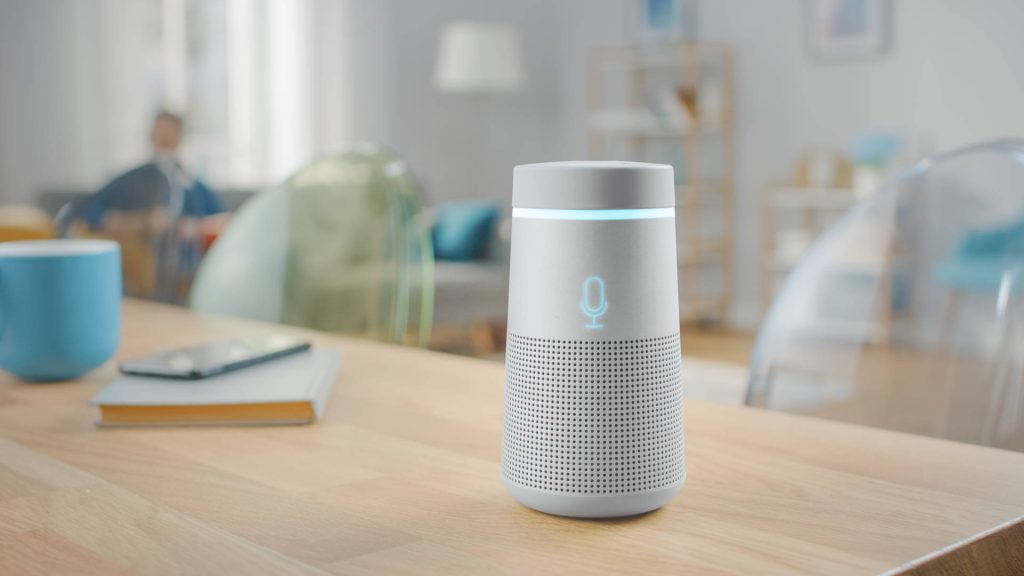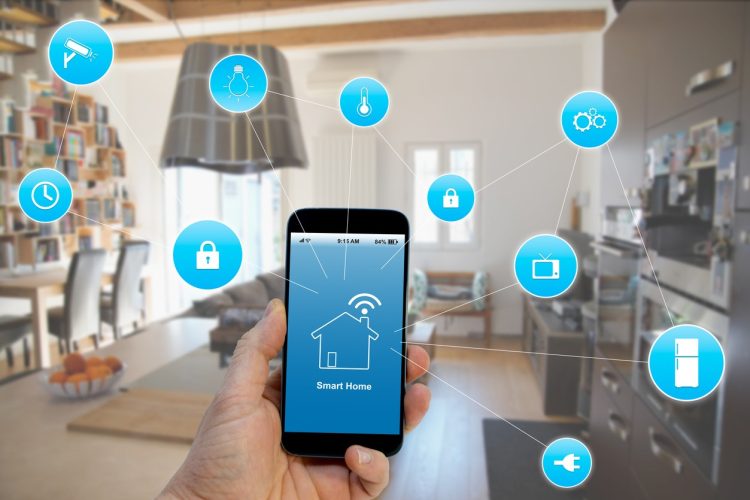The digital age is rapidly transforming how we interact with the world around us. As technology continues to evolve, the lines between the physical and digital worlds are becoming increasingly blurred, giving rise to the concept of the “Smart Home.” In recent years, smart home devices have evolved beyond mere gadgets to become essential components of a modern lifestyle. The advent of Smart Homes 2.0—an upgraded version of the original smart home concept—represents a bold new era in which advanced technology seamlessly integrates into daily life, offering unparalleled convenience, efficiency, and personalization.
The journey from the first wave of smart devices to the current revolution in home automation reflects the broader shifts in how we live, work, and connect in a world that’s constantly digitizing. From smartphones to smartwatches and now, smart homes, digital lifestyle technologies are increasingly playing a central role in our daily routines. These devices aren’t just conveniences—they’re transforming our living spaces into dynamic, intuitive environments that adapt to our needs in real time.
This article explores how the latest tech innovations are reshaping the very nature of home living, focusing on the cutting-edge developments in smart home ecosystems. By analyzing devices that span across smartphones, tablets, smartwatches, and an array of smart home gadgets, we’ll see how digital lifestyle solutions are bridging the gap between human needs and technological advancements.
1. The Rise of Smart Homes: From Simple Gadgets to Total Integration
The concept of a smart home first took root in the early 2000s with the introduction of internet-connected devices like thermostats, lights, and security cameras. These initial gadgets offered the promise of convenience—being able to control home systems remotely through mobile apps, which was a groundbreaking feature at the time. Yet, despite their impressive capabilities, early smart home technology was fragmented and often difficult to integrate with other devices.
Enter Smart Homes 2.0: a more sophisticated and cohesive approach to home automation that goes beyond basic functionalities. The new generation of smart homes offers intuitive control over nearly every aspect of your living space, from the lighting and heating to the security system, all connected through a central hub or even more advanced AI-driven systems.
2. A Digital Lifestyle: How Smart Homes Fit into Our Daily Lives
In 2025, the average person is more connected than ever before. Your smartphone is no longer just a communication tool—it’s your gateway to a world of convenience. With a few taps, you can adjust your home’s temperature, lock the front door, or even check the status of your refrigerator. Through smart speakers and voice-controlled devices, users are now able to interact with their homes in a more natural and fluid way, without the need for constant manual input.
Smart homes are evolving to become more personalized, with AI learning your habits and adjusting the environment to suit your needs. The system might detect when you’re heading out for a jog, dim the lights in your bedroom as you prepare for bed, or start your coffee machine in the morning based on your routine. This ability to learn and adapt creates a seamless integration into your daily life, making your environment smarter, more efficient, and more enjoyable.
3. Smartphones: The Heartbeat of the Digital Lifestyle
At the center of every modern digital lifestyle lies the smartphone. Smartphones are no longer just communication tools; they are the control centers for all your smart home devices. Using advanced mobile apps, users can easily monitor and manage everything from the lights to the security systems with ease, no matter where they are.
For instance, brands like Apple, Google, and Samsung have developed ecosystems that ensure their devices are interconnected. With Apple HomeKit or Google Home, users can link all their smart devices, creating a unified system that can be controlled by simple voice commands, through their phone or even via smartwatches. As more people transition to a connected lifestyle, smartphones will continue to play a critical role in enabling seamless digital experiences within the home.
4. Smart Speakers and AI Assistants: The Voice of the Home
Smart speakers are no longer just for playing music—they’ve become central to controlling a home’s digital ecosystem. With devices like Amazon Alexa, Google Assistant, and Apple’s Siri, smart speakers serve as the voice command hub of a modern home. These devices can control everything from lighting to temperature settings, entertainment systems, and more, all while providing personalized responses based on previous interactions.
AI-driven assistants, which are integrated into these smart speakers, are evolving to be more intelligent, understanding context, preferences, and needs in real-time. This ability to adapt and anticipate user behavior is what makes these systems so integral to the modern digital lifestyle. Moreover, AI-powered home assistants can even coordinate with other devices to automate tasks like setting reminders, managing shopping lists, or even suggesting actions based on your schedule and preferences.

5. Smart Lighting: Beyond On and Off
One of the most notable advancements in smart home tech is in the lighting sector. Smart lighting systems allow users to control the brightness, color, and schedule of their home lighting. Using apps, smart assistants, or even voice commands, lighting can be set to suit the mood, the time of day, or a specific event.
But it doesn’t end there—smart lighting also integrates into home security systems. Many smart lighting devices can simulate human presence in the home, making it look as if someone is there when you’re away. This can deter burglars and provide peace of mind when you’re on vacation or at work.
Furthermore, smart lighting is energy-efficient, with many systems offering dimming features or automatically adjusting according to natural light levels. This adaptability not only reduces your carbon footprint but also saves you money on energy bills, making it an essential component of a sustainable digital lifestyle.
6. Smart Thermostats and Climate Control: Keeping Comfort in Check
Temperature control has always been a key part of home comfort, but with the advent of smart thermostats, this aspect of home living has been revolutionized. Devices like the Nest Thermostat or Ecobee allow homeowners to program heating and cooling schedules or adjust settings remotely via an app.
More than just offering the convenience of remote control, smart thermostats are designed to learn from user behavior. Over time, they adjust their settings based on your lifestyle, ensuring the perfect temperature without wasting energy. This level of automation not only enhances comfort but also contributes to energy efficiency and sustainability—two cornerstones of the digital lifestyle movement.
7. Security and Surveillance: A Smarter Way to Protect Your Home
Security is one of the most crucial components of any home, and with smart home devices, it has become more advanced than ever before. Smart cameras, doorbell cameras, motion sensors, and alarms allow homeowners to monitor their property in real-time from anywhere in the world.
In addition to remote access, AI-driven cameras can distinguish between people, pets, and vehicles, reducing false alarms and improving the accuracy of the surveillance system. Some systems even offer facial recognition technology, which allows you to customize access and notifications based on who is entering your home.
Smart security systems also integrate with your smart lighting and other devices to create a complete security solution. For example, a motion sensor could trigger your outdoor lights or activate a camera, ensuring your home is protected even when you’re not there.
8. The Future of Smart Homes: What’s Next?
As we look to the future of Smart Homes 2.0, it’s clear that the possibilities are endless. The integration of 5G technology will make smart homes even faster, more reliable, and capable of handling more devices simultaneously. The rise of smart cities will further propel the development of smart homes, creating interconnected environments where homes, offices, and public spaces work together seamlessly.
Virtual and augmented reality (VR and AR) technologies are also set to play a role in home automation. Imagine being able to visualize the layout of your home, or even interact with your digital environment in real-time, all from the comfort of your living room. As AI continues to improve, the next generation of smart homes will not only react to your needs—they will anticipate them, offering a truly personalized living experience.


















































Discussion about this post